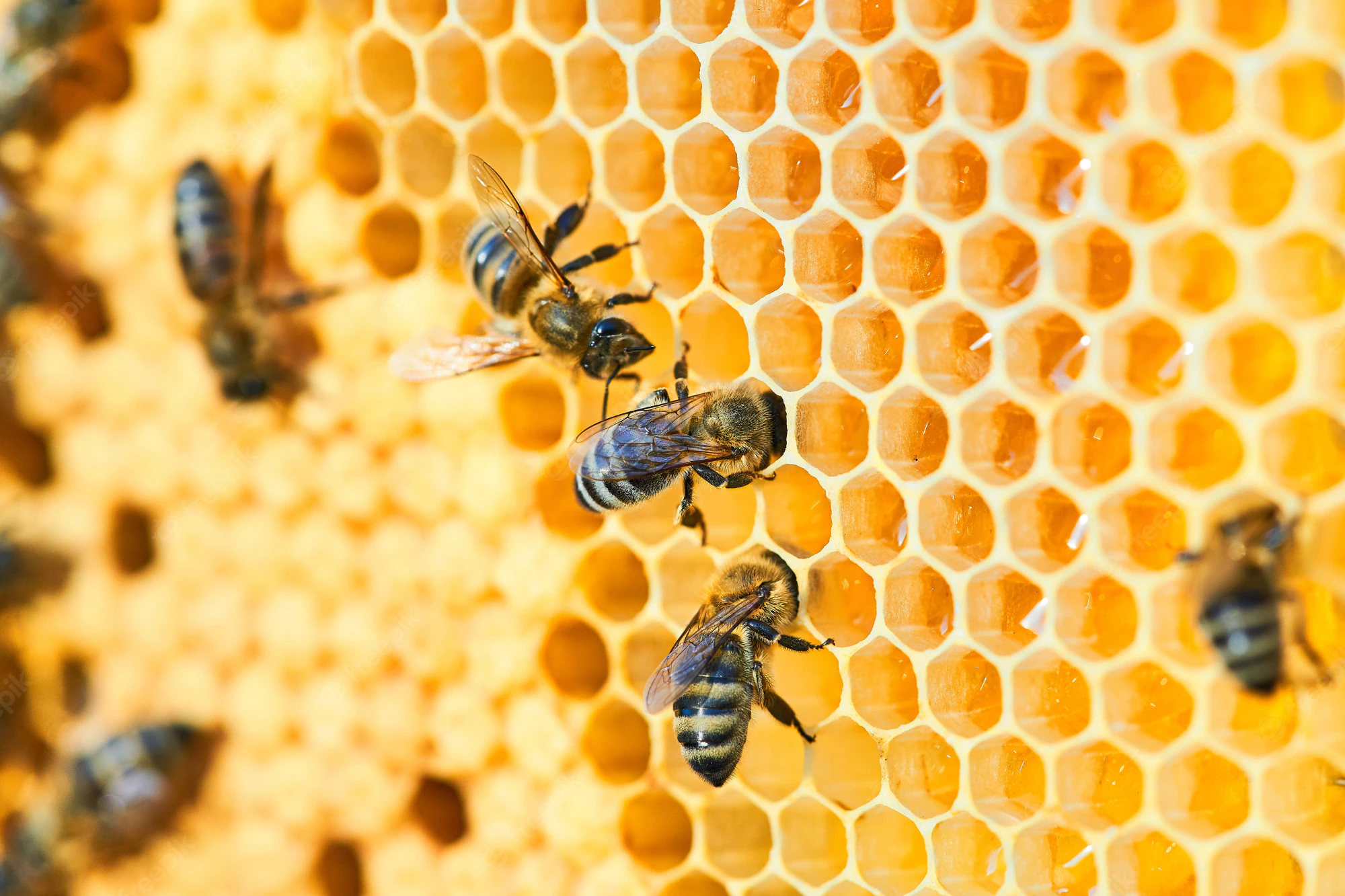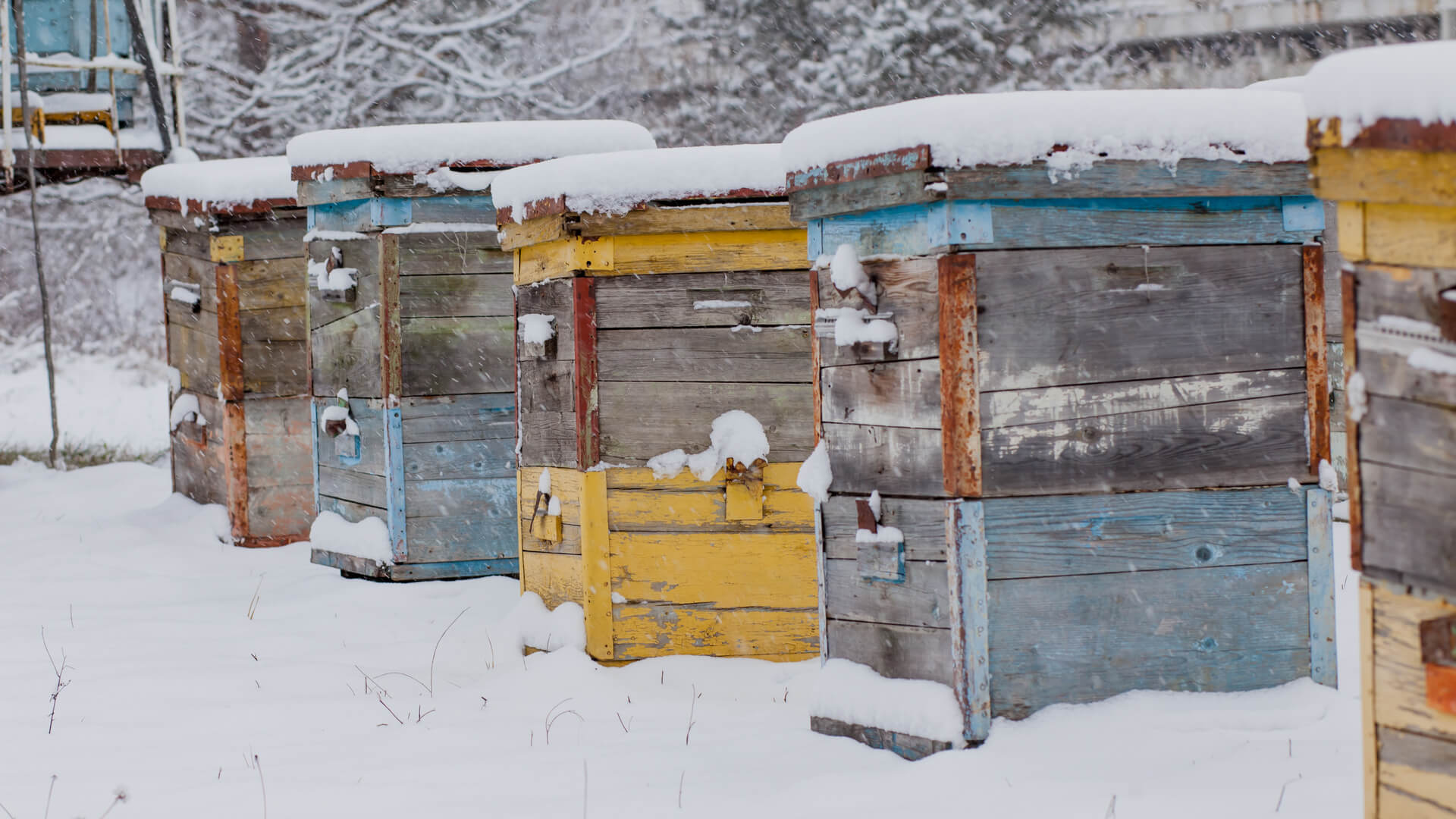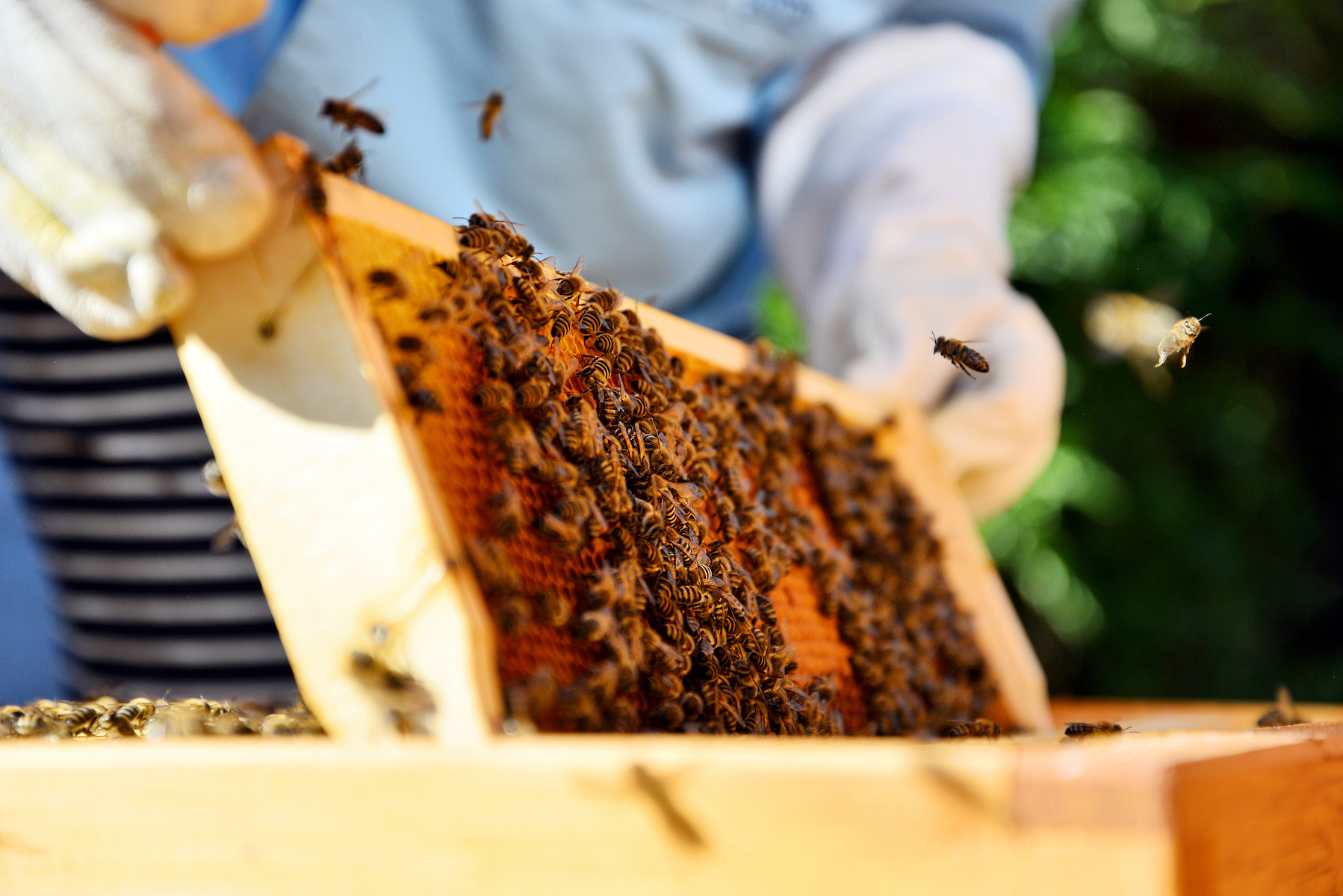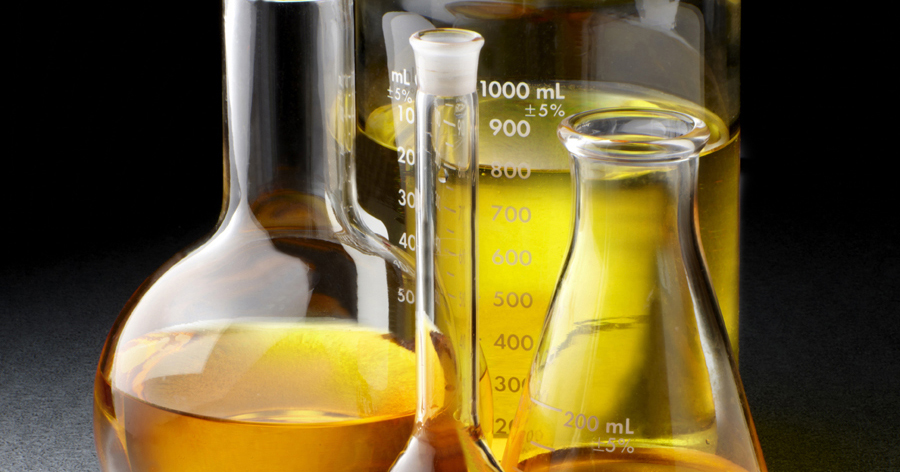Honey production and plant reproduction are strongly related – such that we can’t have one without the other!
Plant reproduction refers to the process of two half-sets of genetic material coming together to form a complete set, often in the form of a seed. Nearly all plants that produce seeds require pollination to aid in this process; whether it be self-pollination or cross-pollination. A plant that is capable of self-pollination is able to use it’s own pollen for reproduction, while a plant that requires cross-pollination must receive pollen from another plant in order to produce a seed. There are different ways by which pollination can occur. Most conifers and a small percentage of flowers, rely on wind for pollination, and some aquatic plants rely on water to carry pollen to other plants. The majority of flowers are pollinated by animals, which includes insects, bats, birds, reptiles, and even lemurs! Bees are one of the most productive pollinators, and are estimated to be responsible for pollinating over 80% of the worlds flowering plants!


Unlike plants that are pollinated by wind or water, plants that are pollinated by animals must be able to attract pollinators. It would be incredibly altruistic of bees to carry pollen from flower to flower if there was nothing in it for them. Plants have developed multiple ways to attract bees, including colour, scent and the production of nectar. Bees see farther into the ultra-violet region, and less into the red region of light, than humans can, and because of this, are strongly attracted to flowers that are purple, violet and blue. Have you ever noticed that some flowers have darker “veins” along their petals? These act as lines to help direct bees to the center of the flower where the nectar is. Some flowers reflect ultra-violet light, which while invisible to us, may make the flower look very different, and very attractive, to bees. A great example of this is sunflowers – while they appear yellow to us, bees see them as white flowers with a dark-purple colored ring in the center, which acts as a bulls-eye telling the bees where to land.
Of course, the most important pollinator attractor when discussing honey is nectar. Nectar is produced by flowers as a “reward” to the bees that visit it. The nectar is produced and stored in a nectary, which is typically located near the flowers reproductive organs to ensure that the bees pick up pollen and deliver it to the right area of the next plant it visits. Nectar is made up of mostly water (70-80 %), it also contains a variety of sugars, such as sucrose, fructose, and glucose. Bees suck up the nectar through a straw-like structure called a proboscis and store it in their crop (a specialized stomach-like organ). Inside the crop, enzymes such as invertase break down the sugars into simpler sugars. When they return to the hive, the bees regurgitate the nectar from their crop and into their mouths. The nectar is then passed mouth-to-mouth from worker bee to worker bee until it is packed into a hexagon shaped cell in the hive. The bees then fan the nectar until it reaches a moisture content between about 15-18%, at which point it is considered honey. The cell is then covered with a thin layer of wax to prevent any atmospheric moisture from entering the honey.





Leave A Comment